Five procurement challenges facing CPG manufacturing companies
Not too long ago, CPG manufacturing companies were smooth, revenue producing machines that delivered relatively reliable profits as part of the retail value chain.
But the story has changed since the start of the 21st century.
Average annual revenue growth in the consumer packaged goods sector dropped from 9% in the early 2000s to just 2% between 2012 and 2019 according to McKinsey, and then Covid-19 made everything worse across the supply chain. By the end of the decade, the growth rate is predicted to rebound towards 5%, adjusted for inflation.
Profit margins are slim across the board. CPG companies are struggling against megatrends that they can’t affect, chiefly a macroeconomic slowdown as the dual revenue engines of wealth expansion and population growth decelerate.
The consumer fragmentation caused by e-commerce has diluted the market-making power of having a strong brand. The mass merchant squeeze is making it harder to reach consumers. Volatile, rising costs, meanwhile, are throttling profits from the other end, as consumers are increasingly price-sensitive.
Procurement’s main responsibility in the wider struggle for profits lies in helping stabilise and reduce the costs of materials needed for manufacturing. But today, more senior executives at CPG companies expect procurement to play a strategic business role in addressing all these issues, by aligning with broader business objectives to help create value and bolster the brand.
However, procurement has its own troubles to deal with. The echoes of Covid-19 are still heard in a fractured supply chain, even though it’s no longer shattered. It has to contend with changing customer demands, global instability, a rising regulatory burden, and increasing costs, all while handling new demands for sustainability and ESG compliance.
In this article, we’ll take a deep dive into the five most pressing challenges that procurement leaders need to overcome – and make some suggestions for ways to thrive.
Inventory needs are unpredictable
Fluctuating customer demands mean that CPG manufacturing companies can no longer expect their inventory needs to follow predictable seasonal patterns. As a result, procurement teams aren’t just dealing with a volatile supply chain; the supply requests they receive are just as erratic.
This leaves procurement needing to turn on a dime. They can't stock up in advance on the commodities they’ll need, because in six months time your current predictions could be proven wrong and you might need something totally different.
The solution involves advanced data analytics like Visualfabriq’s Demand Forecast Master, which uses artificial intelligence (AI) to deliver real-time demand forecasting for optimized inventory management.
Costs are increasingly volatile
One of the biggest challenges for procurement teams is the need to cope with costs that aren’t just rising but are also highly volatile.
McKinsey forecasts that commodity prices will remain 20 to 40% above 2019 levels until at least 2025. The outlook is bleaker for food commodities. Climate change is driving lower crop yields and frequent crop failures, generally without any predictable pattern.
Meanwhile, consumers are already spending more for the same or lower volume of goods. They can’t absorb further price rises. But at the same time, investors are pressuring CPG manufacturers to increase profits, which requires trimming costs that are already down to the bone.
Commodity hedging platform Hedgify offers a solution, blending industry specific data sources to deliver customized price protection strategies that allow CPG manufacture firms to lock in prices for vital commodities and help stabilize financial margins.
Procurement teams can use the platform to receive personalized “AI Smartcap” recommendations, and then to purchase price protections on a rolling, layered or continuous basis.
Sustainability is a rising concern
Consumers today are increasingly motivated by their values. They want to know that the goods they buy are environmentally friendly, ethically sound, and don’t involve forced labour or human rights abuses at any point in the process.
This requires more than watching your carbon footprint. Procurement teams need full visibility into the entire supply chain, so that they know that everything comes from ESG-conscious sources.
Supply chain mapping and monitoring tool FRDM reveals the full range of ethical risks that could lurk in your supply chain, including fourth and fifth parties.
Supply chain disruptions are growing
Supply chain threats are on the uptick, ranging from local strikes and political instability that shutter ports or disrupt transportation, to natural disasters and regional wars that close vital shipping lanes or destroy shipments.
Any one of these can delay your raw materials, sometimes indefinitely, causing commodities to arrive after their expiration date and affecting your ability to meet your production promises.
The best solution is to apply advanced supply chain predictive analytics. A platform such as FourKites delivers real-time visibility into shipment progress with alert notifications and collaboration tools. This way, you can identify potential risk before it strikes, take steps to mitigate it and protect your shipments.
The compliance burden is getting heavier
CPG manufacturing companies are facing a growing burden of regulations, creating a mountain of admin tasks and paperwork that’s threatening to take over procurement departments. Many standards are country or region specific, so you’ll need to check that your suppliers meet compliance requirements that might not apply to their area.
A compliance incident management solution such as Sphera can help. You can use it to monitor your supply chain for compliance incidents, facilitate communication with the relevant stakeholders, and track remediation actions.
In general, it’s also wise to automate procurement processes as much as possible to increase transparency, reduce the risk of human error, and ensure there’s always an audit trail.
Procurement teams can beat their demons
Rapidly changing circumstances have left procurement facing a heavy set of challenges, all of which are unpredictable and could evolve in any direction.
Thankfully, technology has been keeping pace, providing teams with advanced tools and new strategies that they can use to overcome the challenges and meet the expectations of CPG manufacturing leaders.





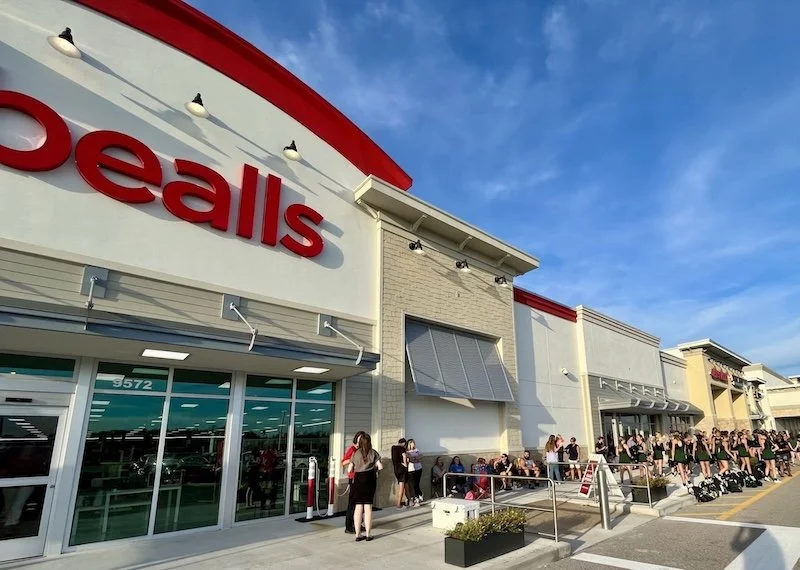




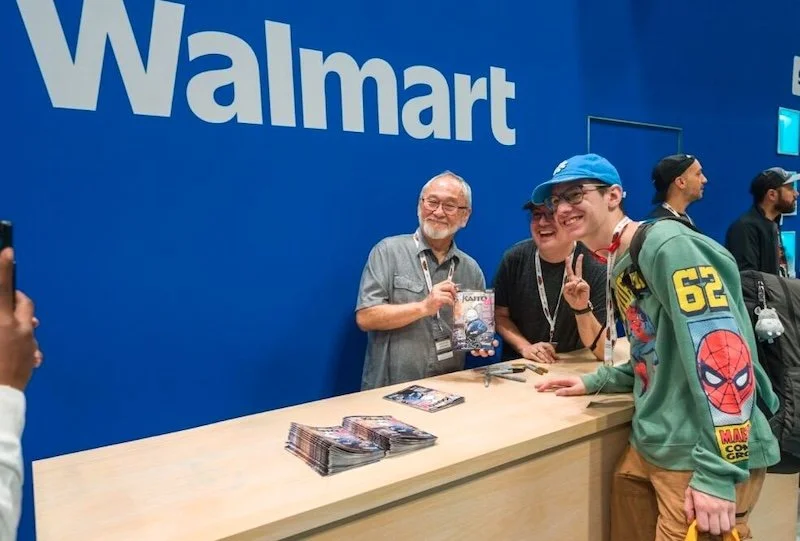






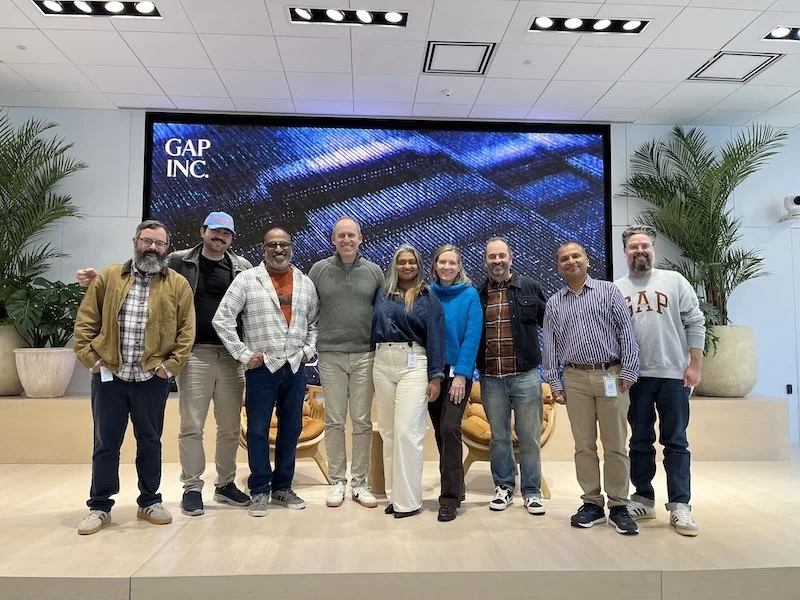

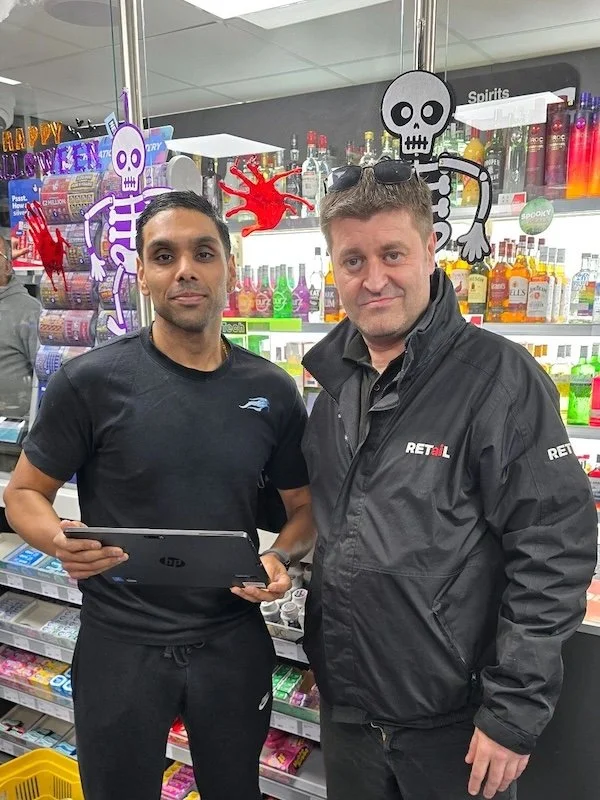
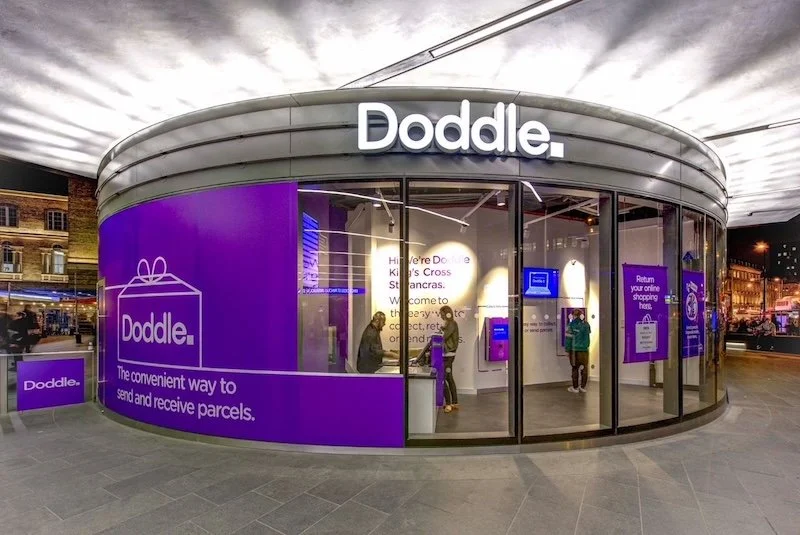

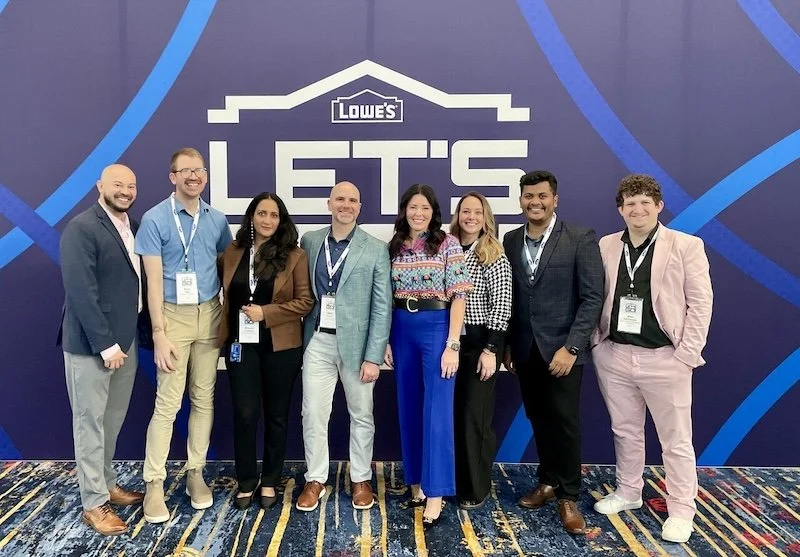
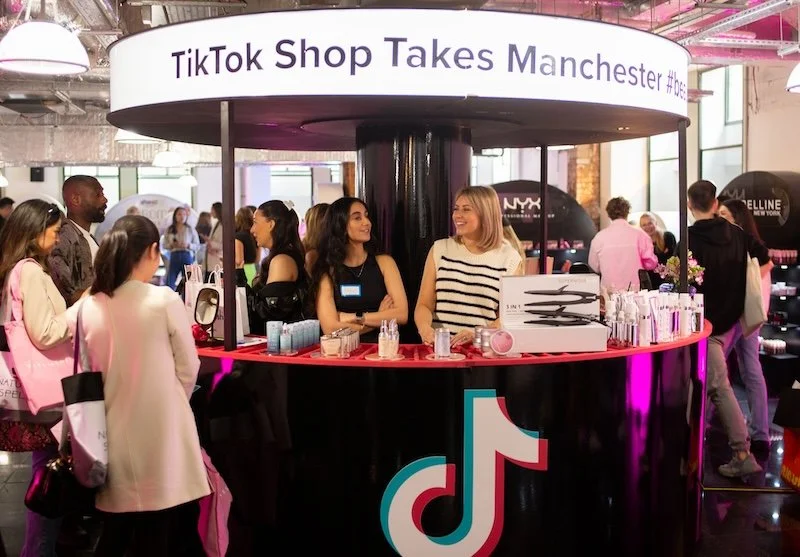
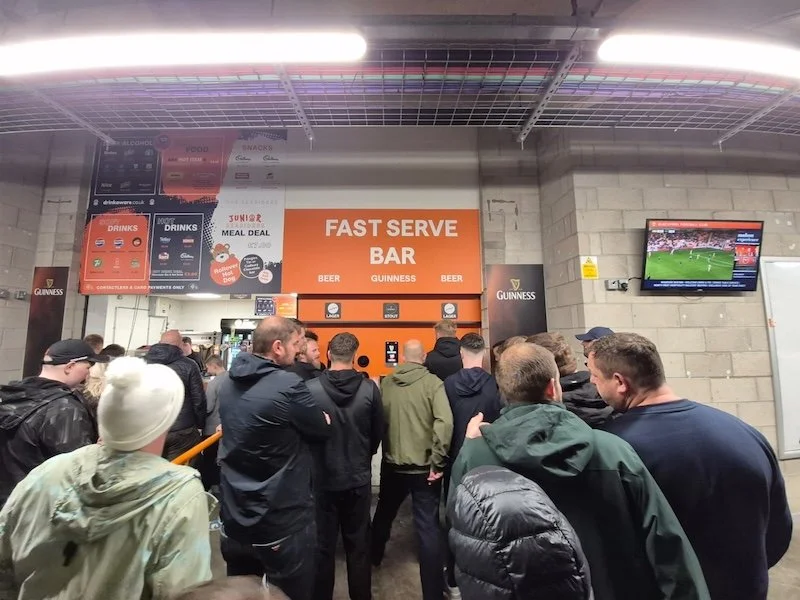
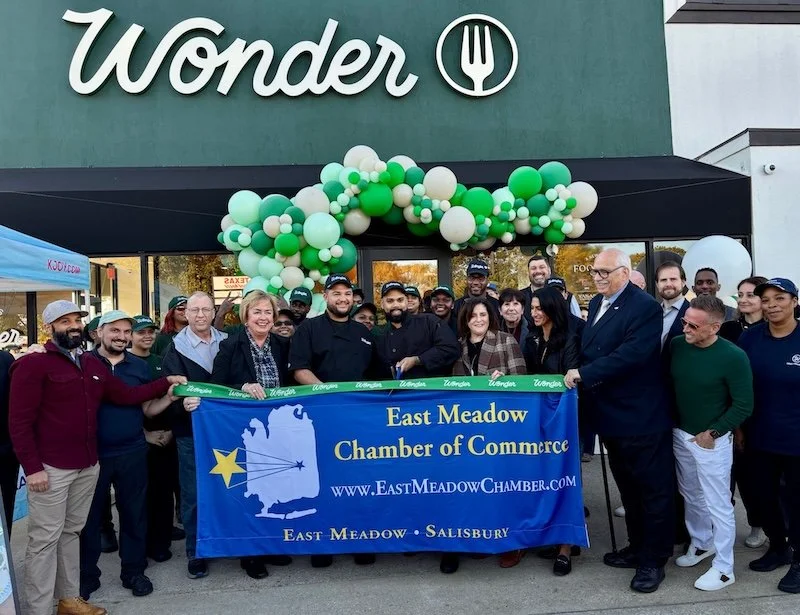





Continue reading…